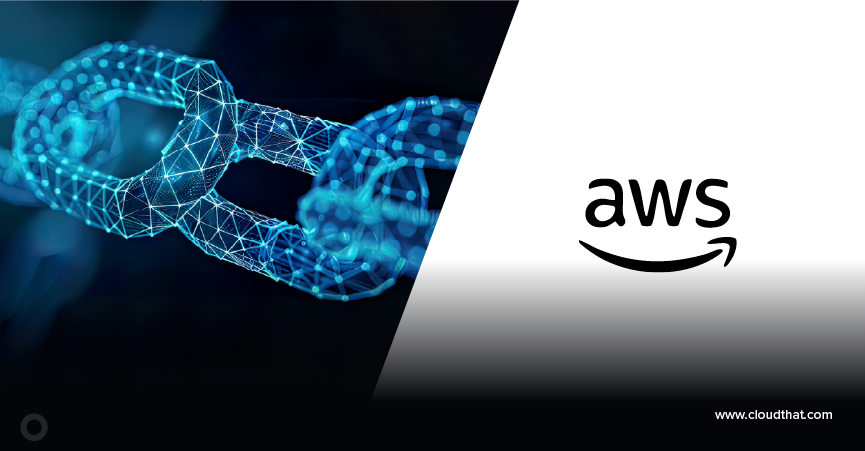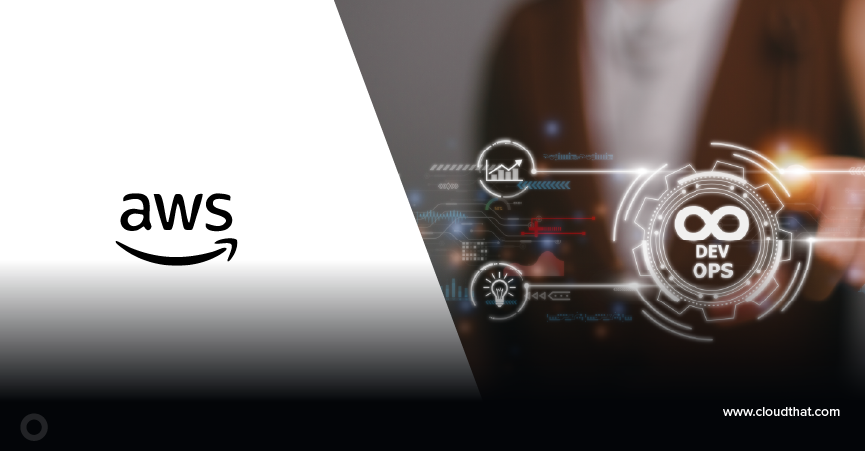|
Voiced by Amazon Polly |
Overview
Serverless computing has revolutionized the way applications are developed and deployed. Google Cloud Run takes serverless to the next level, enabling you to deploy containerized applications effortlessly. In this blog, we’ll dive into the world of Google Cloud Run, exploring its features, use cases, and step-by-step instructions for deploying a sample containerized application. We’ll also shed light on the pricing model, making it easy to understand the cost implications of using Google Cloud Run.
Pioneers in Cloud Consulting & Migration Services
- Reduced infrastructural costs
- Accelerated application deployment
Introduction
Features of Google Cloud Run
- Serverless Containers: Deploy any containerized application easily without worrying about managing servers or scaling infrastructure.
- Automatic Scaling: Google Cloud Run scales your application horizontally based on incoming requests, ensuring optimal performance under varying workloads.
- Stateless and Isolated: Each request is handled in its container instance, providing isolation and ensuring statelessness for improved reliability.
- Quick Deployment: Seamlessly deploy applications from popular tools like Docker and Knative, making it simple to integrate into your existing workflows.
- HTTP/HTTPS Routing: Easily map HTTP requests to specific containers, enabling you to build robust APIs, web services, and microservices.
Use Cases of Google Cloud Run
- Web Services for Back-office Administration
Efficient back-office administration involves working with documents spreadsheets and utilizing web applications provided by vendors. Hosting the containerized internal web application on Google Cloud Run ensures its constant availability while incurring charges solely when it is actively used.

2. Data Processing
Google Cloud Run enables users to construct data processing applications that efficiently convert incoming lightweight data into structured formats upon arrival. These transformations can be initiated through Google Cloud sources. For instance, creating a .csv file triggers an event promptly dispatched to the Google Cloud Run service. Once the event is received, the data is extracted, organized, and seamlessly stored within a designated Google BigQuery table.

Steps to Deploy a Sample Container to Google Cloud Run
Now that we have understood the theory of Google Cloud Run let’s look at a practical application for
Step 1: Navigate to Google Cloud Console and log in with your registered ID.
Step 2: In the console, click the Navigation menu and click on Cloud Run.
Step 3: Click on Create a Service.

Step 4: Enter the following details


Step 5: Click on Create

Step 6: Over a period, your deployment will be complete.

Step 7: Open the URL in a new tab, and you will witness the successful deployment of a container image to Google Cloud Run.

Pricing
Google Cloud Run follows a pay-as-you-go pricing model based on the number of vCPU seconds and memory GB seconds consumed by your applications. You’re billed only for what you use, making it cost-effective for applications with variable workloads.
Conclusion
Google Cloud Run brings the power of serverless computing to containerized applications. Its seamless deployment process, automatic scaling, and cost-efficient pricing make it an ideal choice for many use cases. By understanding Google Cloud Run’s features and following the deployment steps outlined in this blog, you can harness the full potential of serverless containers and accelerate your application development journey on the Google Cloud Platform.
Drop a query if you have any questions regarding Google Cloud Run and we will get back to you quickly.
Making IT Networks Enterprise-ready – Cloud Management Services
- Accelerated cloud migration
- End-to-end view of the cloud environment
About CloudThat
CloudThat is an award-winning company and the first in India to offer cloud training and consulting services worldwide. As a Microsoft Solutions Partner, AWS Advanced Tier Training Partner, and Google Cloud Platform Partner, CloudThat has empowered over 850,000 professionals through 600+ cloud certifications winning global recognition for its training excellence including 20 MCT Trainers in Microsoft’s Global Top 100 and an impressive 12 awards in the last 8 years. CloudThat specializes in Cloud Migration, Data Platforms, DevOps, IoT, and cutting-edge technologies like Gen AI & AI/ML. It has delivered over 500 consulting projects for 250+ organizations in 30+ countries as it continues to empower professionals and enterprises to thrive in the digital-first world.
FAQs
1. What is the difference between Google Cloud Run and Cloud Functions?
ANS: – Google Cloud Functions lets users deploy snippets of code (functions) written in a limited set of programming languages to handle natively HTTP requests or events from many GCP sources. Google Cloud Run lets users deploy using any programming language as it accepts container images. It also allows the use of any tool or system library from your application, which Google Cloud Function doesn’t let users use such custom system executables.
2. Which applications are suitable for Google Cloud Run?
ANS: – Google Cloud Run is designed to run stateless request-driven containers, meaning users can deploy publicly accessible applications (such as web applications, APIs, etc.) or private microservices.
3. Which languages can I run on Google Cloud Run?
ANS: – Web applications written in Node.js, Python, Go, Java, Ruby, PHP, Rust, Kotlin, Swift, C/C++, and C# can run on Google Cloud Run.
WRITTEN BY Hariprasad Kulkarni


 Login
Login


 August 28, 2023
August 28, 2023 PREV
PREV










Comments